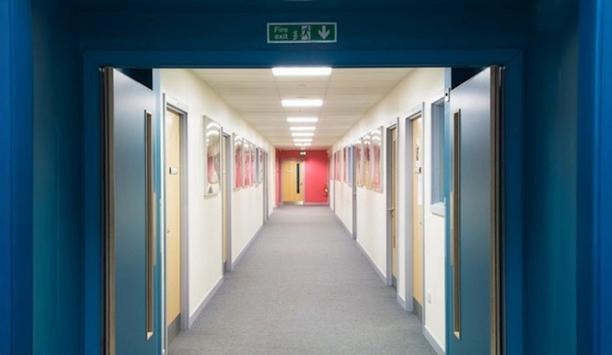 |
| FEMA has issued a special report, as part of its Topical Fire Report Series |
The Department of Homeland Security's Federal Emergency Management Agency (FEMA) has issued a special report, part of its Topical Fire Report Series, examining the causes and characteristics of fires in hotels and motels.
An estimated average of 3,900 fires occur each year in hotels and motels, which are a subset of residential buildings. Annually, these fires are also responsible for 15 deaths, 150 civilian injuries, and $76 million in property loss. The report, Hotel and Motel Fires (PDF, 932 Kb), was developed by the National Fire Data Center, part of FEMA's U.S. Fire Administration (USFA).
Hotel and motel fires occur mainly in the evening hours, peaking from 6 p.m. to 9 p.m. Seventeen percent of the fires occur during this time. The number of hotel and motel fires is higher during the winter months when heating fires are more prevalent.
Cooking, electrical malfunctions, and heating are the leading causes of hotel and motel fires |
Seventy-three percent of hotel and motel fires are confined to the object of origin and an additional 18 percent are confined to the room of fire origin. The remaining 9 percent of fires extend beyond the room of origin.
The topical reports are designed to explore facets of the U.S. fire problem as depicted through data collected in NFIRS. Each topical report briefly addresses the nature of the specific fire or fire-related topic, highlights important findings from the data, and may suggest other resources to consider for further information. Also included are recent examples of fire incidents that demonstrate some of the issues addressed in the report or that put the report topic in context.











